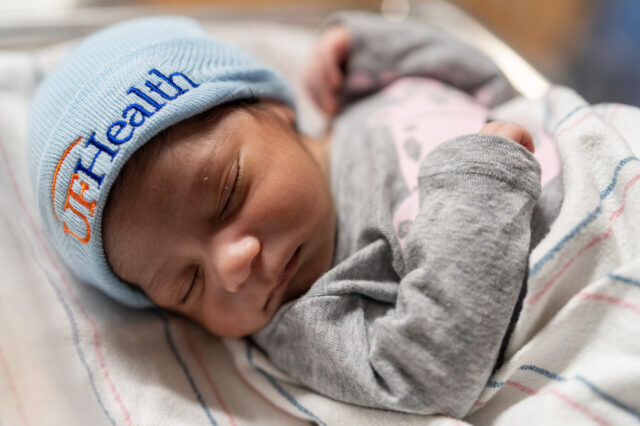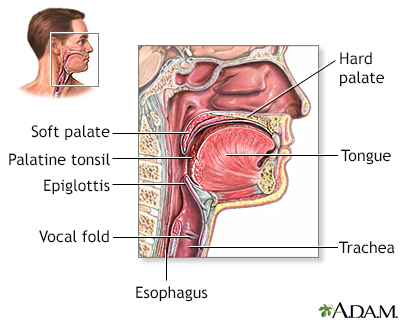Common Pregnancy Symptoms to Expect During Each Trimester
“Everything grows rounder and wider and weirder, and I sit here in the middle of it all and wonder who in the world you will turn out to be.” — Carrie Fisher…

Update your location to show providers, locations, and services closest to you.
A sneeze is a sudden, forceful, uncontrolled burst of air through the nose and mouth.
Sternutation; Allergy - sneezing; Hay fever - sneezing; Flu - sneezing; Cold - sneezing; Dust - sneezing
Sneezing is caused by irritation to the mucous membranes of the nose or throat. It can be very bothersome, but is rarely a sign of a serious problem.
Sneezing can be due to:
Avoiding exposure to the allergen is the best way to control sneezing caused by allergies. An allergen is something that causes an allergic reaction.
Tips to reduce your exposure:
In some cases, you may need to move out of a home with a mold spore problem.
Sneezing that is not due to an allergy will disappear when the illness that is causing it is cured or treated.
Contact your health care provider if sneezing is affecting your life and home remedies do not work.
Your provider will perform a physical exam and look at your nose and throat. You'll be asked about your medical history and symptoms.
Question topics may include:
In some cases, allergy testing may be needed to find the cause.
Your provider will suggest treatments and lifestyle changes for hay fever symptoms.

Cohen YZ. The common cold. In: Bennett JE, Dolin R, Blaser MJ, eds. Mandell, Douglas, and Bennett's Principles and Practice of Infectious Diseases. 9th ed. Philadelphia, PA: Elsevier; 2020:chap 58.
Corren J, Baroody FM, Togias A. Allergic and nonallergic rhinitis. In: Burks AW, Holgate ST, O'Hehir RE, et al, eds. Middleton's Allergy Principles and Practice. 9th ed. Philadelphia, PA: Elsevier; 2020:chap 40.
Eccles R. The nose and control of nasal airflow. In: Burks AW, Holgate ST, O'Hehir RE, et al, eds. Middleton's Allergy Principles and Practice. 9th ed. Philadelphia, PA: Elsevier; 2020:chap 39.
“Everything grows rounder and wider and weirder, and I sit here in the middle of it all and wonder who in the world you will turn out to be.” — Carrie Fisher…

August 6, 2021
As students prepare to return to school, the coronavirus delta variant of the SARS-CoV-2 virus continues to surge. Meanwhile, an internal report by the Centers…
Department of Epidemiology, Department of Pediatrics, +4 more

Americans love their dogs. We spend billions of dollars on their toys and treats and veterinary visits. Some of us treat them like beloved, if excessively hairy, children — indeed, might even...
Allergy season, as we all know, is nothing to sneeze at. That congested, wheezy feeling can make like miserable. And for people with respiratory problems, including the millions of Americans with...
The scent of an evergreen has been known to inspire even the most Scrooge-like among us to deck the halls and rock around the Christmas tree. But for some folks, the reaction to a live Christmas...